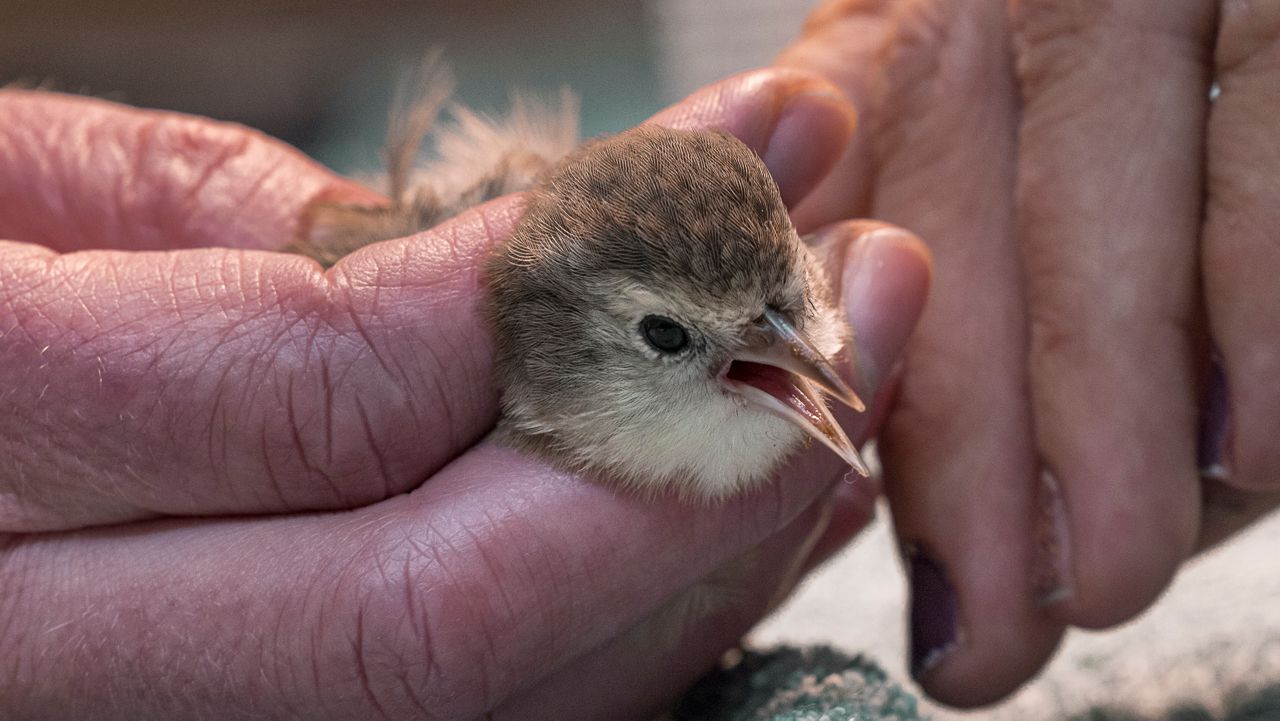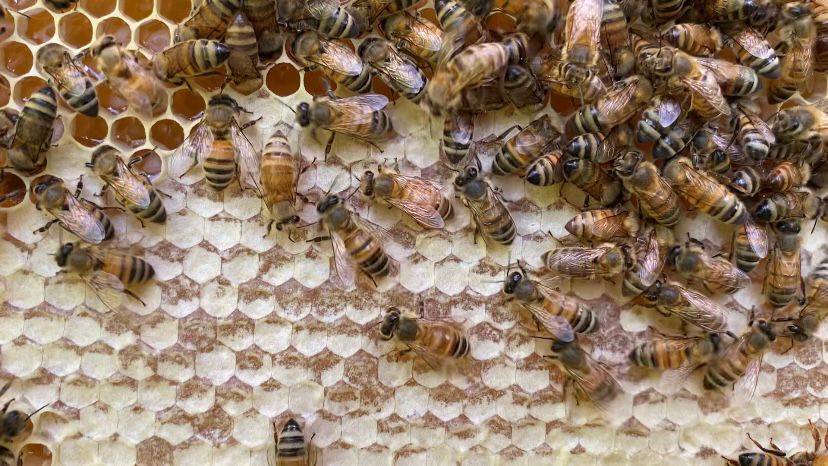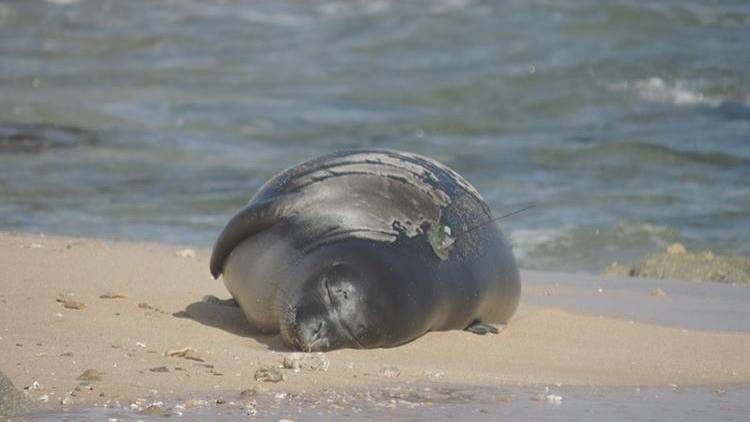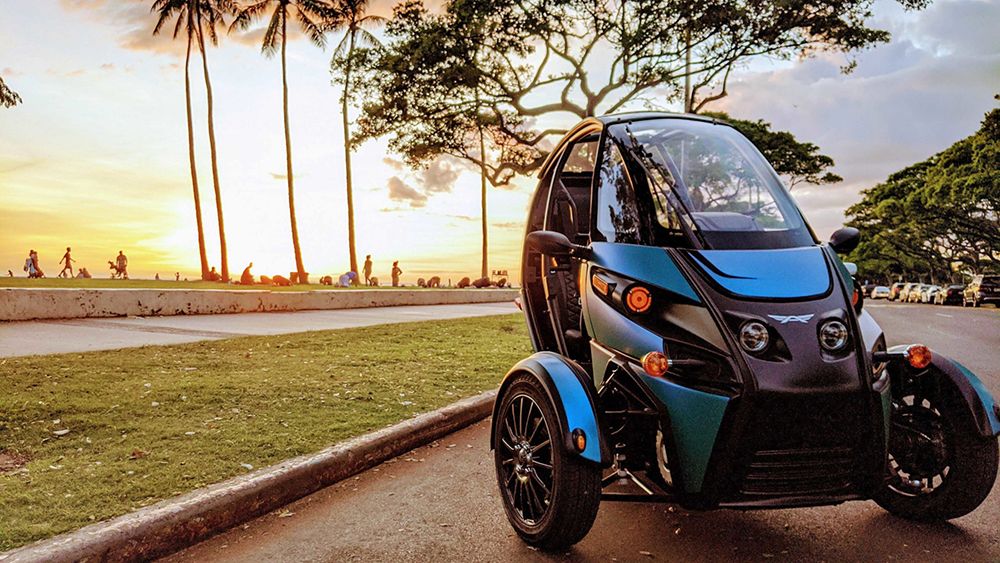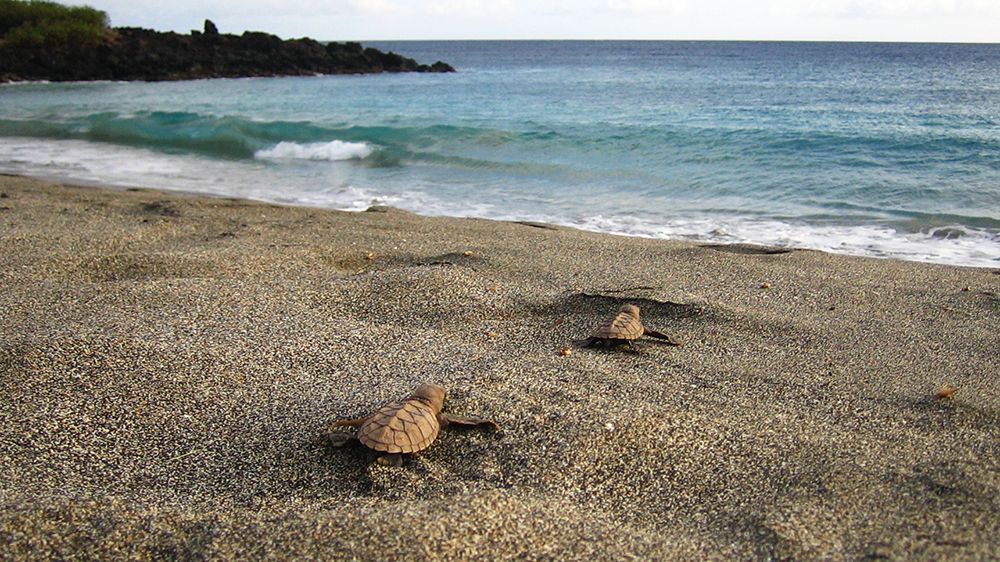A team of six biologists camping in Kauai’s remote Halehaha research field camp since Dec. 2 successfully rescued a six-month-old Hawaiian honeycreeper chick, the akikiki, on Saturday and transported it to Maui on Sunday.
The chick is part of a family; the team hopes to capture or catch a glimpse of its parents and sibling before they departed Friday. The honeycreeper family is believed to be the last akikiki in this area of forest though there may be one more.
The move is a big step in a last-ditch effort in the attempt to save the akikiki in this particular area from going extinct, stated a Dept. of Land and Natural Resources release. Another population of akikiki lives a few miles away, but the total population is possibly fewer than 50.
The wet, mountainous forest of the Alakai Wilderness Preserve was home to a healthy, breeding population of akikiki up until a decade ago. But warmer temperatures, brought on by climate change, widened the range of mosquitoes that carry avian malaria and other deadly diseases. The akikiki has run out of space and time.
Justin Hite is a Kaua‘i Forest Bird Recovery Project field supervisor who has clocked hundreds of days in Halehaha, leading teams into the mountains and across valleys in search of the birds.
“In 2017, everything looked amazing,” said Hite. “In 2018, fantastic. There were lots of birds, and many of them doing very well, with 85% of adult akikiki surviving from one year to the next. By 2019, less than half of the adults had survived. That was our first warning.
“This is the last, best place for native birds on Kauai,” explained Hite, who along with other team members, blame the near loss of the akikiki on climate change. “Many organizations and individuals have worked hard for many years to create a perfect area … a last refuge for birds in an almost entirely intact native forest.
“These birds remain in the very top, thin layer of the island. As the climate is warming, it’s made this last, little, teeny piece of Kauai as good mosquito habitat. Unfortunately, this area is no longer safe for these birds. Hite feels that what’s happening to the akikiki will be the same fate for other Hawaiian birds. He adds, “The forest is so silent now, and it’s about to become more silent.”
Birds, including the akikiki chick, are caught in fine-mesh mist nets, banded, weighed, then undergo preliminary health checks. They are then flown to the Maui Bird Conservation Center managed by San Diego Zoo Wildlife Alliance. It’s here that the chick will join almost 40 other akikiki hatched from eggs previously collected in the forest.
Biologists are now working collaboratively to release sterile mosquitoes into the forest in an attempt to reduce mosquitoes. However, it just may be too late.
“Landscape-scale control of the mosquitoes that carry the disease killing these birds is still several years away,” said Dr. Cali Crampton, who leads the KFBRP team. “We estimate the akikiki population only has two years left before malaria kills them all.” Crampton said when she first started with the project in 2018, there more than a hundred.
Upon its arrival at the Maui Bird Conservation Center, the akikiki chick was declared to be in good condition following a thorough medical examination despite possible mild dehydration. The chick will be placed in quarantine for 30 days.
CORRECTION: A previous version of this story incorrectly spelled Halehaha. The error has been corrected. (Sept. 6, 2022)





